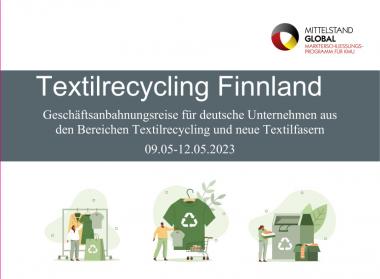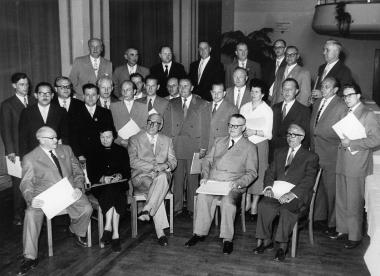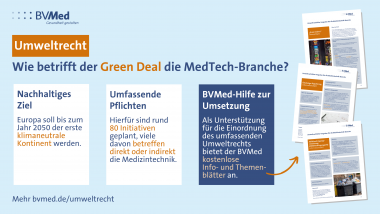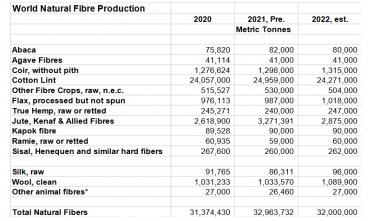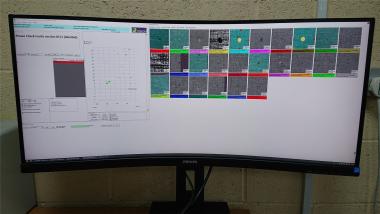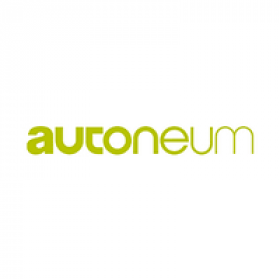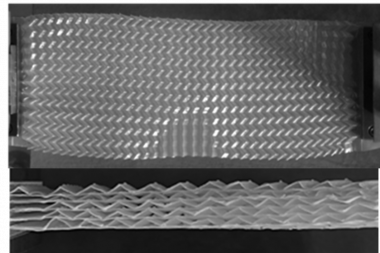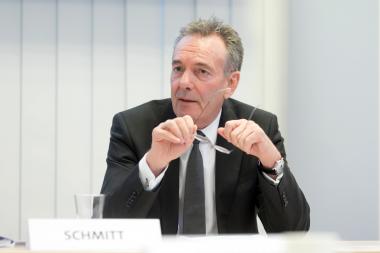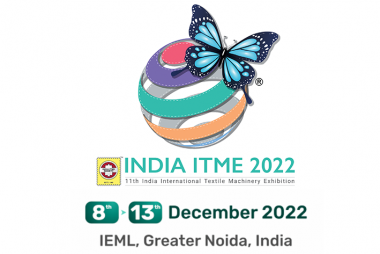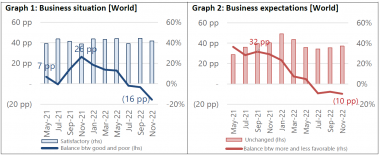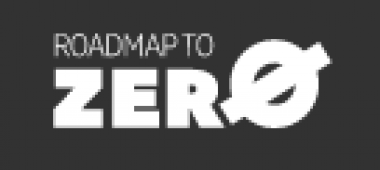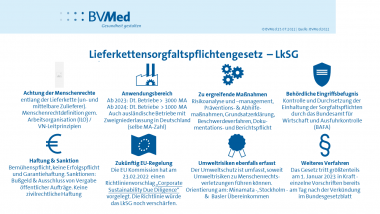HeiQ and BekaertDeslee: Exclusive Supply Agreement for HeiQ Allergen* Tech
HeiQ Allergen* Tech will power a new and improved generation of Purotex, a BekaertDeslee product through its exclusive application to mattress ticking aiming to provide end-users with a good night’s sleep.
HeiQ Materials AG has signed an Exclusive Supply Agreement with BekaertDeslee, a specialist in the development and manufacturing of mattress textiles, mattress covers, and on-trend sleep solutions, for the supply of HeiQ’s recently launched HeiQ Allergen* Tech.
Under this agreement, BekaertDeslee will have exclusive worldwide rights to apply HeiQ Allergen* Tech to mattress ticking, which is used to cover mattresses. HeiQ Allergen* Tech, which was launched in October 2022, is a 100% biobased, naturally derived technology that reduces exposure to inanimate allergens such as house dust mite matter, and pet allergens with the help of active probiotics.
It has been granted the Allergy UK Seal of Approval by The British Allergy Foundation following a review and assessment of the technology. Additionally, an independent certification has shown that HeiQ Allergen* Tech successfully reduces 83,6% of cat (hair) allergen, 76,5% of dog (hair) allergen, and 96,6% of house dust mite matter allergen.
* Inanimate allergens such as house dust mite matter & pet allergens.
HeiQ Materials AG





